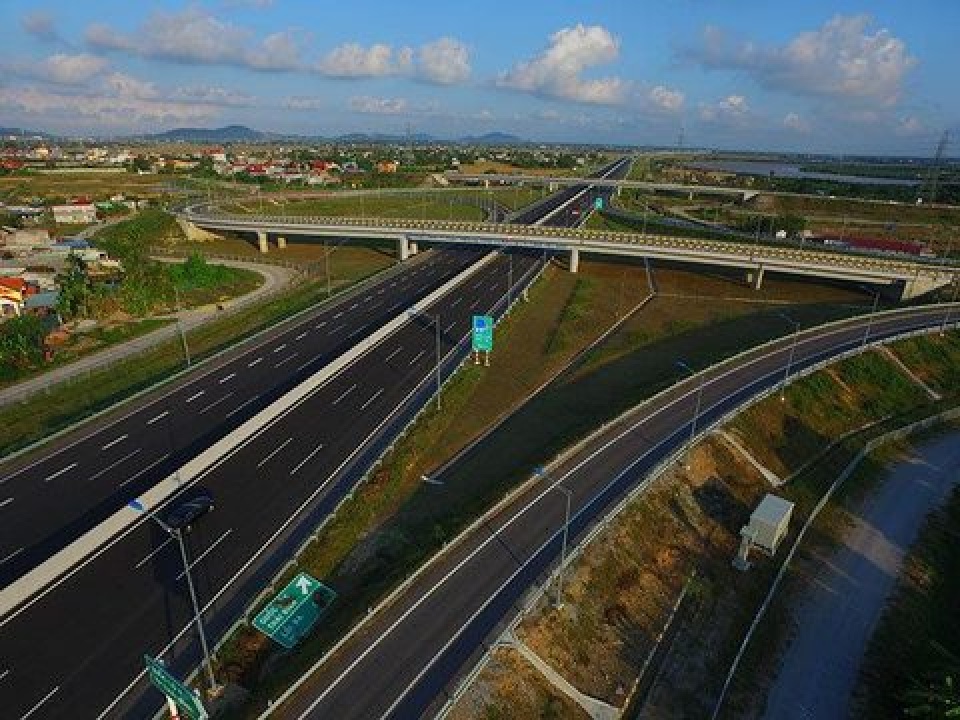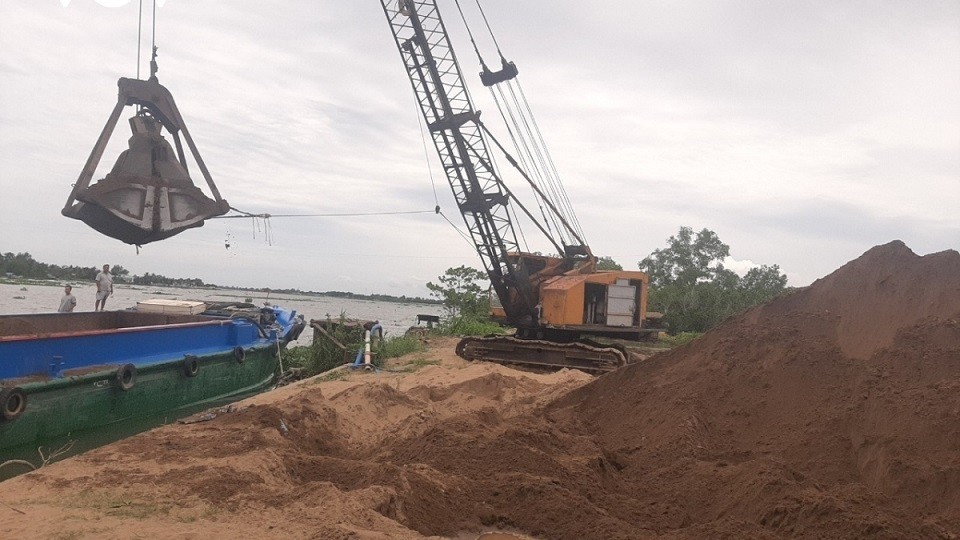Vietnam looks to private sector to fund infrastructure
Latest
| TIN LIÊN QUAN | |
| PM Phuc encourages Kansai companies to expand investment in Vietnam | |
| Vietnam, Czech hold huge potential to raise trade revenue | |
Vietnam has made a strong commitment to infrastructure spending in recent years, with investments averaging 5.7 per cent of GDP, according to the Asian Development Bank (ADB) – a figure second only to China’s in the region and triple the outlays of Malaysia, Thailand, Indonesia and the Philippines.
 |
| A section of the Ha Noi-Hai Phong highway. (Photo: tuoitre.vn) |
This commitment is set to continue in the medium term: according to the Ministry of Planning and Investment, Vietnam needs about $480bn to fund urgent infrastructure investments by 2020, with more projects in the pipeline in the following decade.
Among the key projects is construction of a planned US$13bn, 10-lane road spanning 1800 km between Ha Noi in the north and HCM City in the south. It will be the largest road project to date and boost connectivity substantially along the country’s north-south spine.
Other key projects include building 11 power stations with a combined generation capacity of 13.2 GW, intercity and intra-city rail networks, and at least 1380 km of additional highways.
Low private buy-in
While investment levels are high as Vietnam seeks to reinforce its national infrastructure backbone, the share of development funding coming from the private sector is low.
According to ADB estimates, private investment in Vietnam’s infrastructure could be less than 10 per cent of the national total, compared to as much as 30 per cent in India.
Reasons for this low participation include the long-term nature of such projects, where returns on investments take far longer than those in other sectors, such as property.
The need for more private funding of infrastructure should become more pressing in the coming years, with the ADB estimating that the state budget will be able to fund just one-third of the $480bn in planned spending by the end of the decade.
Capital markets needed for financing
To better tap private funding, Vietnam needs to deepen its capital market structure, according to a report published last month by consultancy McKinsey.
Vietnam along with several other Asian countries should do more to tap private savings to help finance infrastructure expansion and ease reliance on the public sector.
Of the 12 countries covered in the report, Vietnam ranked last for both development maturity and the size of the local market as a share of GDP: capital markets in Japan for example were valued at some 400 per cent of GDP to Vietnam’s 50 per cent. Such gaps put Vietnam at a disadvantage when seeking to mobilize private sector finance for infrastructure investments, the study said.
Increased liquidity in the sovereign bond market would allow the state to better harness private sector finance, it said, but would require a shift to larger sales of benchmark bonds, rather than the current mix of different outstanding bonds that are only rarely traded.
One proposed avenue to increased infrastructure funding is pension funds. Though of only limited scale at present, in time these could be grown into a source of development finance, as in many other countries, according to Tyler Cheung, director of the institutional client division at ACB Securities, a full service brokerage firm.
“Through tax incentives to invest in pension schemes, a new pool of funding could be developed in the capital market, while also easing pressure on the banking sector,” Cheung told OBG. “Not only will this help shift a burden from the state to individuals, it can also fund long-term projects such as infrastructure and logistics.”
Easing pressure on the banking sector
High dependence on banks for funding makes broadening the capital markets base increasingly important, according to Pham Hong Hai, CEO of HSBC Vietnam.
“Developing the capital market is critical for Vietnam,” he told OBG. “Banks are supporting 70-80 per cent of capital requirements today. This is too much, and they won’t be able to handle this in the long run.”
Scaling back government reliance on local banks to raise funds for infrastructure would also free up liquidity for lending to the private sector, which at times struggles to obtain credit.
A deeper capital markets pool would both increase liquidity in the economy and allow some of the funding to flow into much-needed infrastructure investment.
 | PM calls for further investment from New Zealand PM Nguyen Xuan Phuc called on New Zealand businesses to invest more in Viet Nam at a reception for visiting Trade Minister of New Zealand Todd McClay in Ha Noi on May ... |
 | Projects in hi-tech agriculture to get more support The Ministry of Planning and Investment has drafted a Decree on encouraging businesses investing in agriculture and rural areas, which proposes assistance in investment in ... |
 | RoK becomes largest investor in VN The Republic of Korea has become Viet Nam’s largest foreign investor, with 702 new projects and 260 adjusted ones, accounting for 29.6% of total foreign direct ... |

























